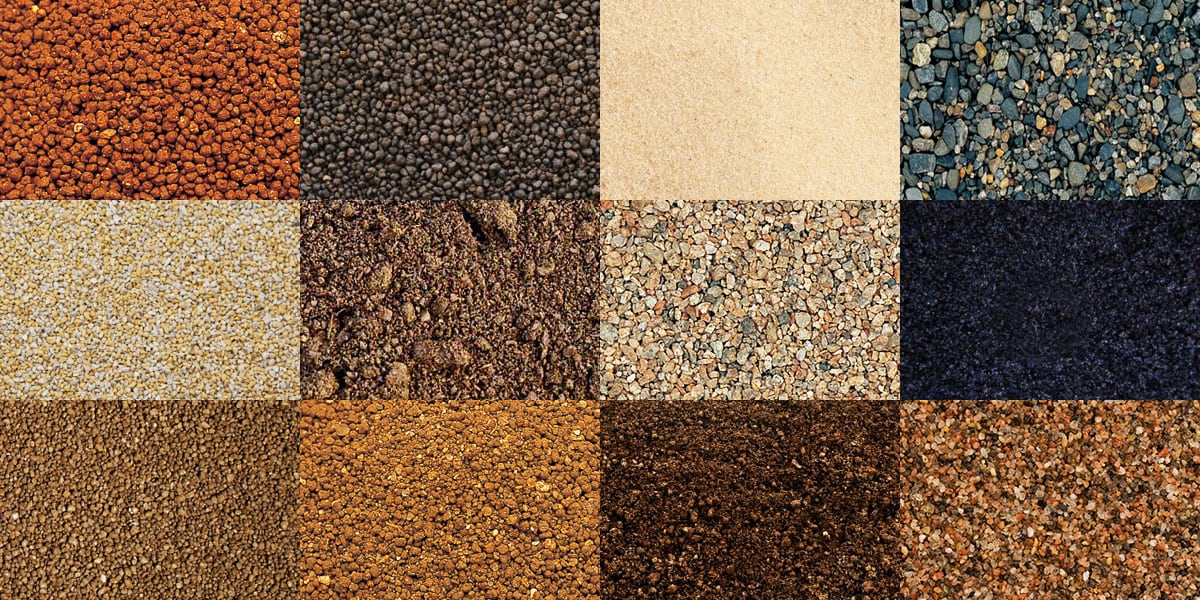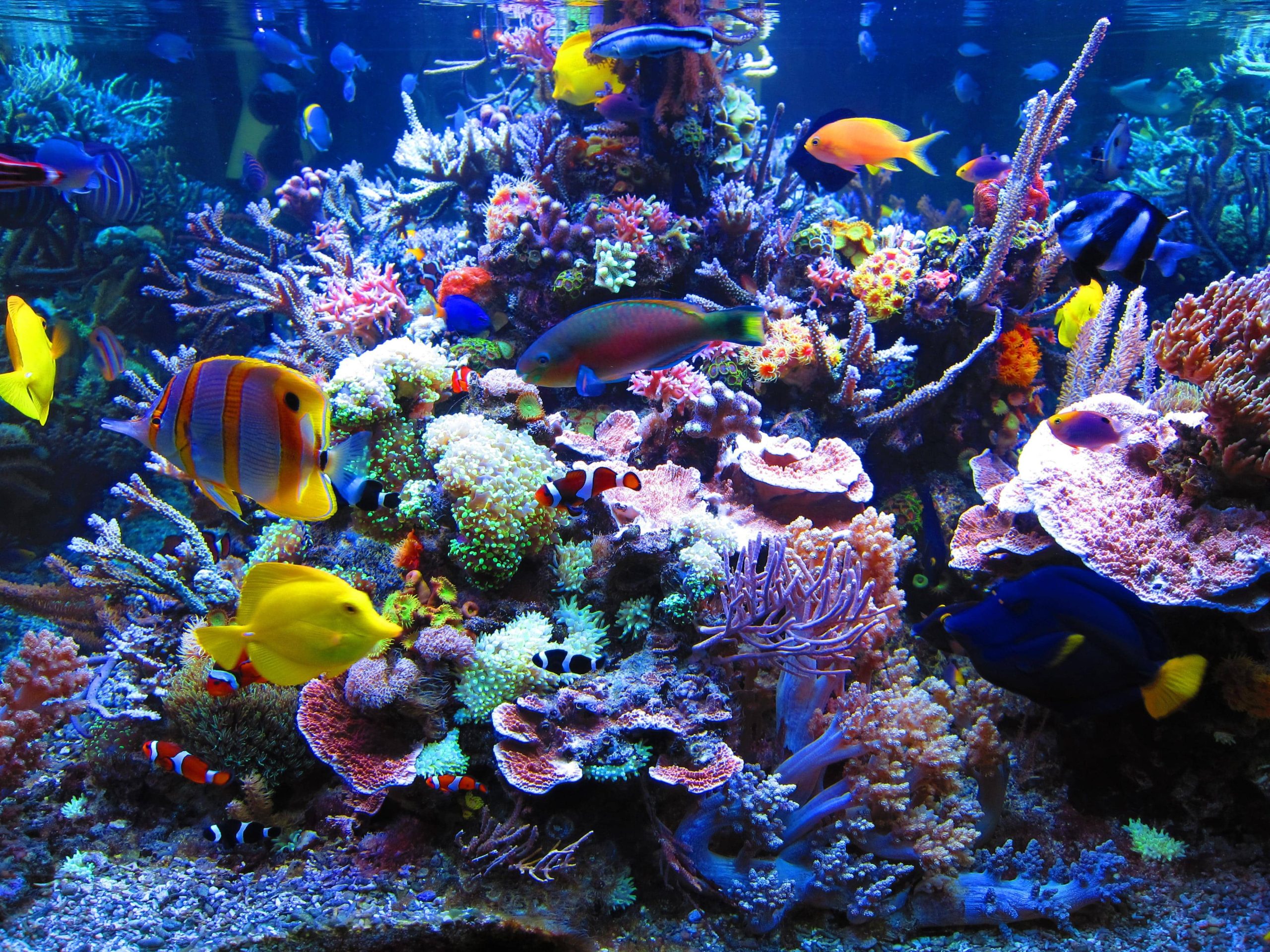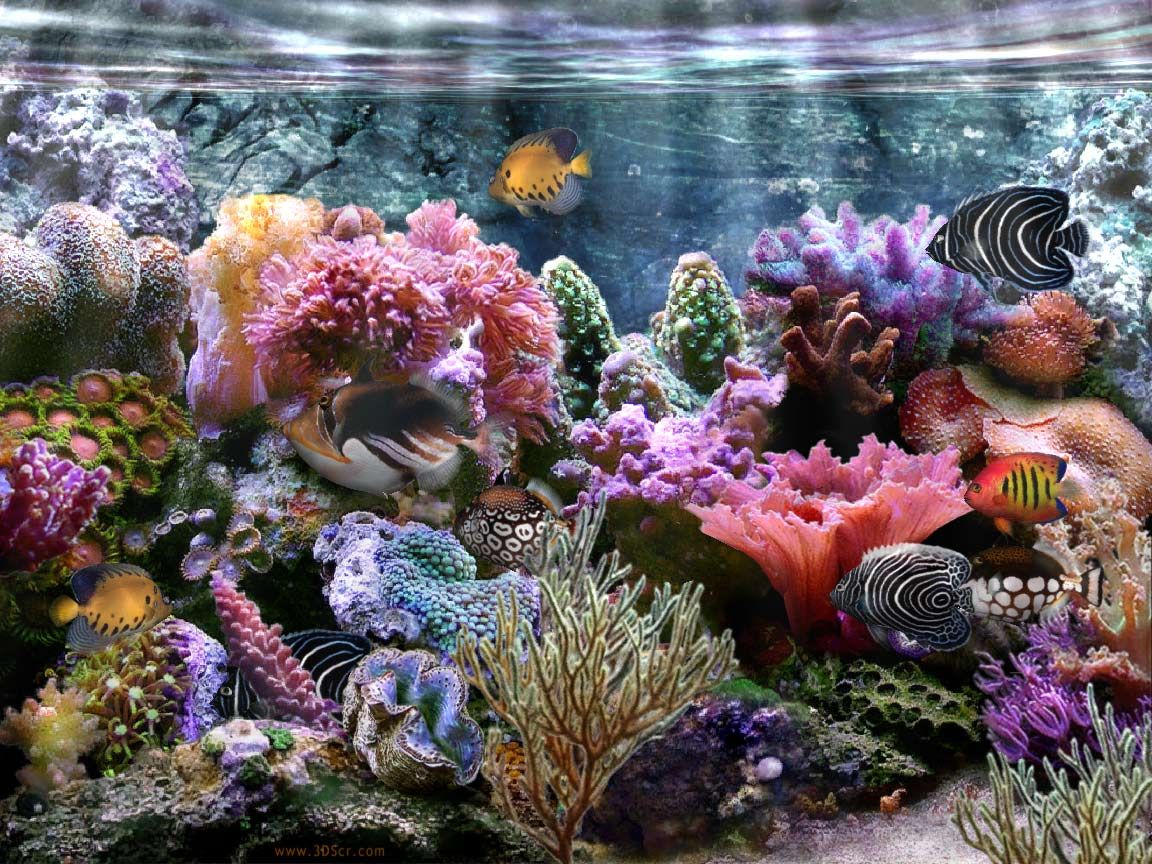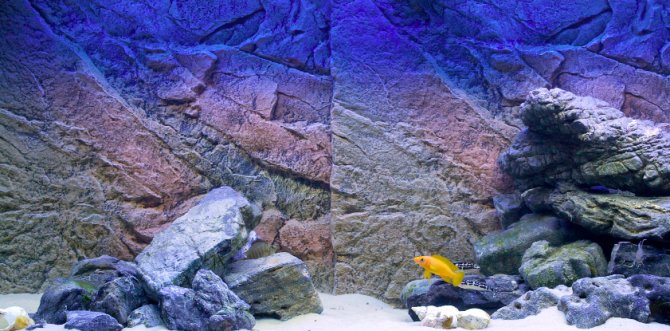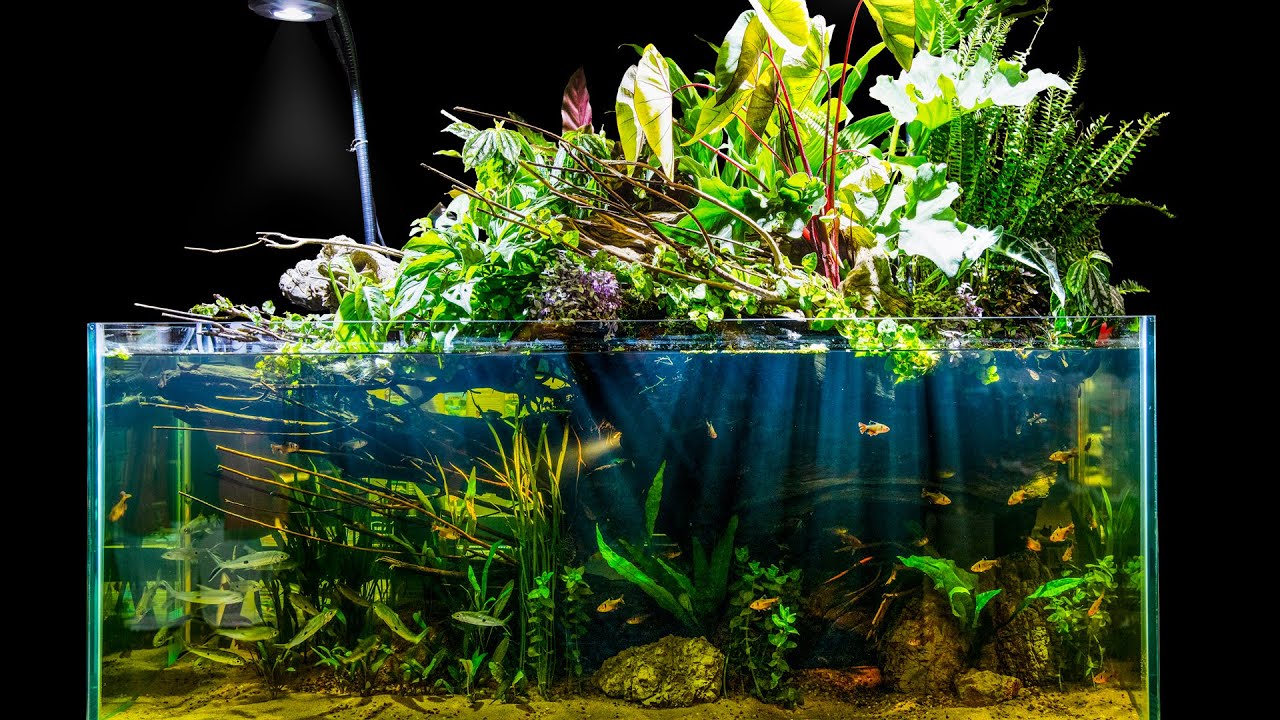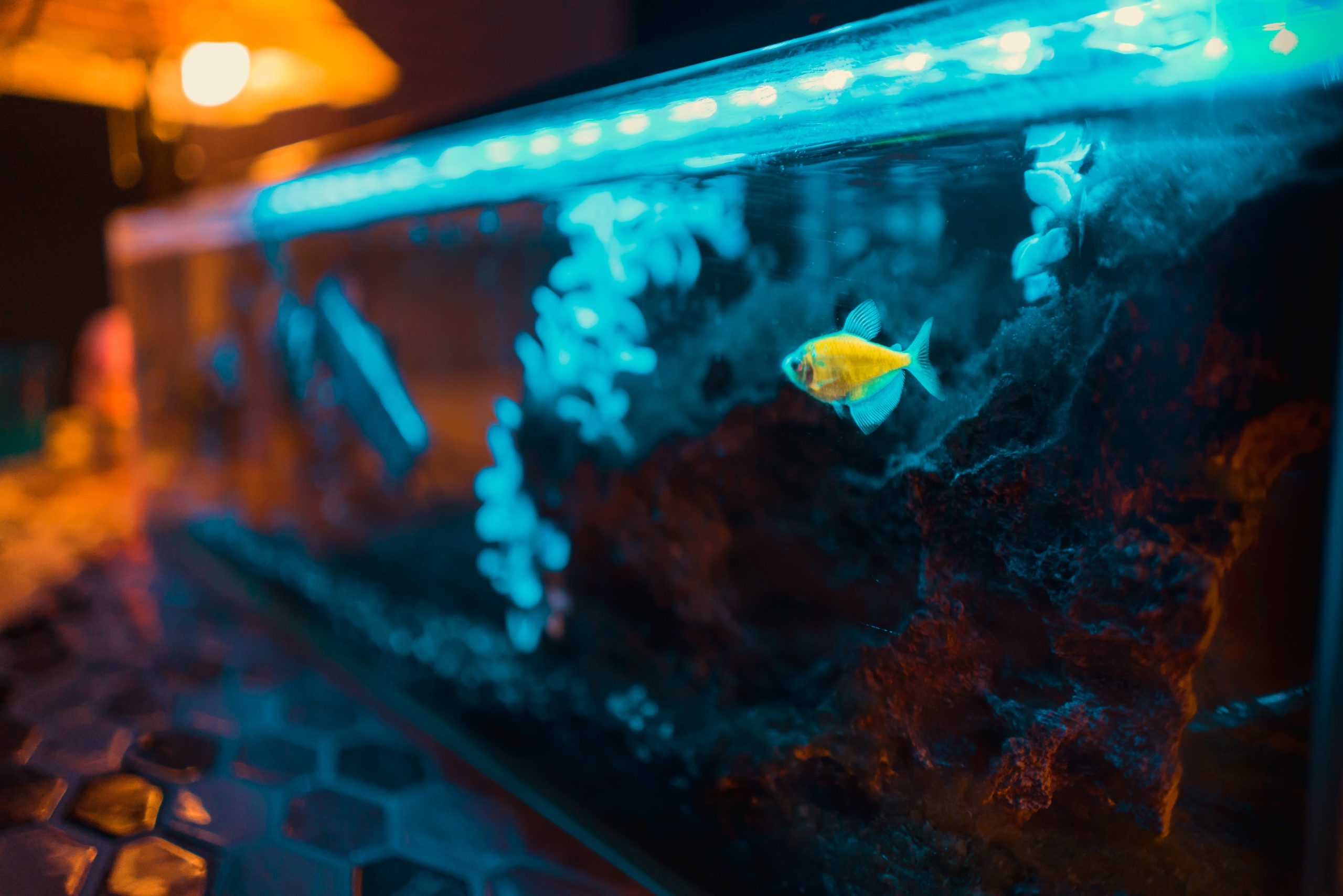There are many different substrates available for the planted aquarium to choose from. In this article, we will look at some of the most popular options as well as some of the traditional ones.
Choosing your substrate is extremely important because it will have long-term effects on your planted tank. Ideally, when you set up your planted aquarium, you want it to be able to let it mature and enjoy its beauty for years. A bad decision here, and you can find yourself having to redo the aquarium in 6 months or a year. Not a pleasant prospect and definitely not what we typically have in mind when we set up the tank.
Aquarium plants, like fish, have different needs that vary from species to species. This needs to be taken into account when choosing the substrate. The substrates themselves have different characteristics that you will want to consider as well. Nutrients, aeration quality, and longevity are a few of the things that should be taken into consideration when choosing a substrate for your aquarium plants.
There is an appropriate substrate for each type of aquarium. If growing plants is what you want to do, then choosing the right substrate is an important decision that will have long-term effects on your plants. Many plant species draw their nutrients directly from the substrate, which makes your choice so very important to the health of your plants. Each plant has different requirements, and you should consider the properties of each available substrate material available and use what best meets your plant’s needs.
Things to consider when choosing a substrate:
The substrate should be loose enough to allow for proper oxygenation of the root systems. A substrate that compacts quickly will require frequent maintenance, and this will require disturbing the roots of the plants. When the substrate compacts, the plant’s roots will not be able to absorb the oxygen and nutrients, they require to thrive. The roots will begin to die, and toxic substances will start to build up, causing unnecessary problems in your aquarium.
Nearly all substrates will compact at some point, but the better ones will take considerable time to do so. Poking a sterile rod in the substrate around the plants can loosen them up periodically. Another option is to introduce some Trumpet snails into the tank. The burrowing activities into the substrate will help keep it loose and help prevent the harmful build-up of toxic gases. Aside from their algae-eating and scavenging, you will have the added benefit of your substrate being kept loose and fully oxygenated.
The substrate’s size is very important as well. If it’s too small, it will pack down tight quickly and not allow oxygen and nutrients through. If it’s too large, plants may have problems taking root and become unstable in the tank. Another problem with a large grain size in the substrate is that uneaten food and waste can get caught in the gaps and foul the tank water. Ideally, try and keep the size in the 2 – 2 ½ mm range and don’t exceed 3mm.
Organic Substrates:
Organic substrates offer some needed nutrients to your plants, but this benefit is short-lived as the organics will break down over time. You will then have to offer supplements to make up for this, and you will have the decomposed material forming a solid layer around your plant’s roots. If you want to minimize maintenance, there are Inorganic alternatives that can be very effective.
Substrate depth:
Some plant species, like Cryptocorynes, have extensive root systems and require a fairly deep substrate, while others, like Anubias, will do fine in a shallow substrate. This is not a problem, though, since the typical aquarium should have its substrate built up high at the rear of the aquarium and tapered off to a shallower depth towards the front of the tank anyway. This arrangement allows for the waste to work itself down to the shallow areas in front for easy removal. As for your plants, just put the ones requiring the deeper substrate towards the back and the others in the front.
Plant Nutrients:
The ideal substrate would contain sufficient nutrients for the plants and slowly release them over time. There are some commercially available products that do just this, and we will look at a few of those below. Also, it’s important to know that some substrates can absorb nutrients and essentially hold them for distribution to the plants later. The term commonly used for this practice is CEC or Captation Exchange Capacity. The substrates with the higher CEC rating are generally better. If you choose to go with organics, you may want to put a top layer of inorganic material over them to slow down the release of nutrients. If they are released too fast, you may be in for an unpleasant surprise in the form of an algae bloom.
The substrate’s effects on water chemistry:
Some substrates can have a dramatic effect on the water chemistry in your aquarium. Peat moss, for example, will lower the ph and tint the water. This a desirable condition if you’re keeping or breeding certain South American species since this mimics the natural conditions in the wild where they are from. Others can have the opposite effect and make the water hard and alkaline if the substrate contains high amounts of or calcium limestone.
Note: If you are unsure of the substrate you want to use, there is a simple test you can perform. Just pour a little muriatic acid on the substrate, and if you get a reaction or it dissolves, don’t use it. A word of caution here: muriatic acid will burn your skin and can damage surfaces it comes in contact with. Take proper precautions and do the test outdoors to avoid inhaling any toxic fumes.
Common substrates for the planted aquarium:
Common gravel will work OK but doesn’t contain any nutrients that will benefit your plants. Additional nutrients will have to be added to the aquarium periodically. Gravel can also be used to cover other substrates, such as organics, to help control nutrient release and contain the organic materials.
Sand:
Sand is perfectly natural, and your tank inhabitants will be comfortable with it. As for your plants, though, they will not receive any nutrients from the sand, and additional fertilization will be necessary. Sand also has a tendency to compact tightly, and as discussed above, this can have a detrimental effect on your plants. Another drawback to sand is the tendency to contain high amounts of calcium carbonate, which will cause the ph in the tank to rise.
Potting soil:
Potting soil is another inexpensive option and offers organic matter and nutrients. The organic matter will eventually break down and need to be replaced, and supplements added, and the garden soil will eventually compact and need to be loosened. Vermiculite and or perlite are good for helping keep the soil loose. It also can be difficult to work within an aquarium. If you go this route, I recommend using a gravel layer over the top to contain the soil. It is very important that when you pick out your garden soil, you choose one that does not contain any additives or fertilizers.
Peat:
Peat contains high amounts of decomposed plant matter and, as mentioned earlier, will have a softening effect on the water. The acidic conditions caused by the peat will not be tolerated by some species, especially livebearers, and some Cichlids. Like the other organics, it will eventually break down and compact. Supplements will be required, as well as loosening the soil to allow for proper air circulation around the plant roots.
Flourite:
Flourite is a reddish clay-based substrate that is high in iron, hence the reddish color. It is actually an excellent substrate for plants, especially colored ones, because of the high iron content. Flourite can be used as the sole substrate in the aquarium, but be forewarned that you will have to do some extensive rinsing before putting it in your aquarium. Failure to do so will result in a reddish cloud that will last for days in your tank and a film on the glass, plants, and anything it comes in contact with. Many learned about that the hard way and will not use it again. However, others have had success with it and swear by it.
Conclusion:
This only is only a partial list of the substrates available but it is some of the most common. The organics offer the most natural way to go, but the fact that they will typically break down in a year or so makes them a less attractive option to me. I prefer a substrate that will require as little maintenance as possible. I do not mind using supplements as needed for my plants. What I do not want to do is have to go in and stir up the tank trying to fix problems related to organics that have broken down. Working in your planted aquarium is not like working in back yard garden. I want to disturb the plants as little as possible, especially considering some plants like certain Cryptocorynes take years to grow. The last thing I want to do is disturb them. That is my opinion though and carries no wait as for as the choice you make regarding your aquarium. Whichever route you take with some effort and patience you will be rewarded with a beautiful planted aquarium to enjoy for years to come.

